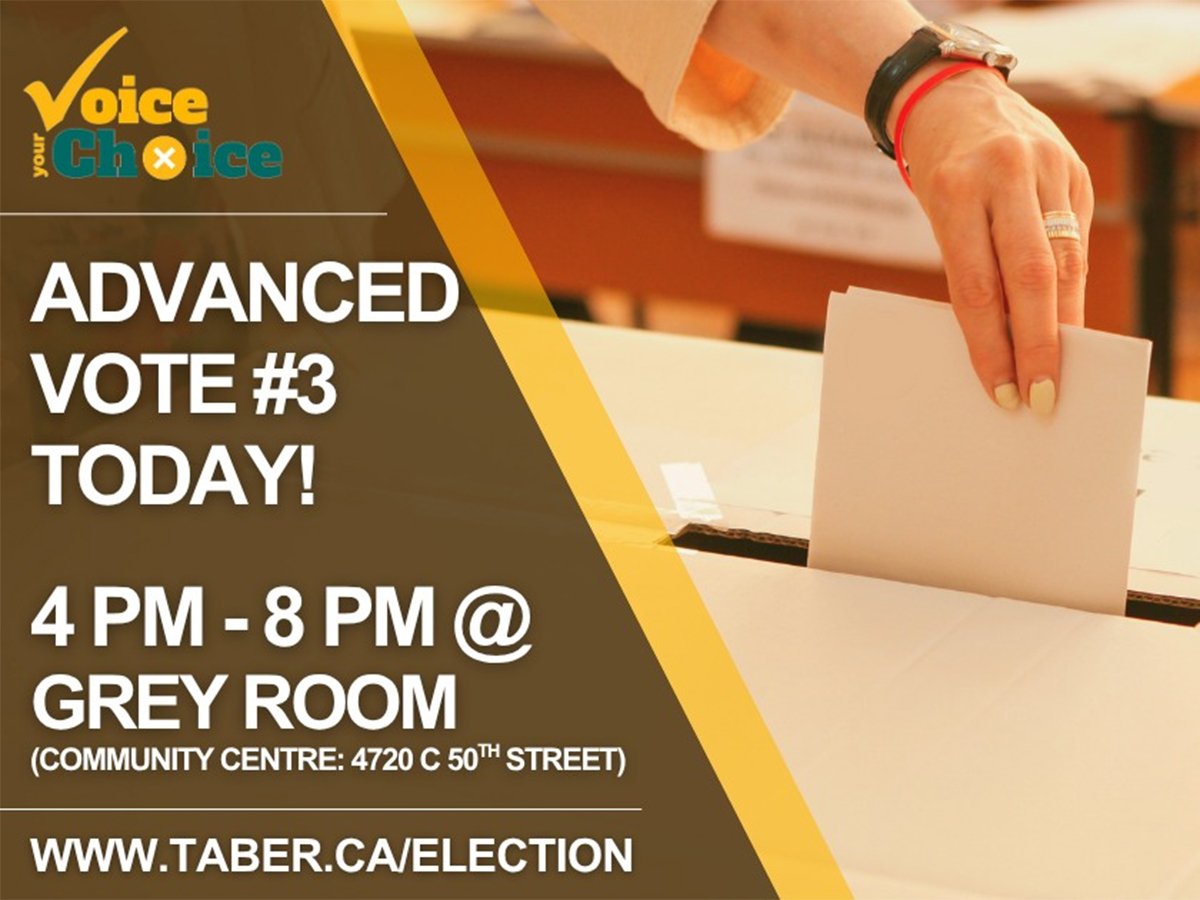Apparently we’re living in a state of deflation. Or were in June. For the first time since 1994 – an economic time so dire that enrolling in a graduate history program at the U of S seemed like a more sensible option to me than continuing to look for work at a newspaper – the inflation rate last month went backwards, with prices falling an average of 0.3 percent.
Most of that was due to gasoline prices collapsing by almost 25 percent from last June, when most of us were paying more than $1.20 per litre.
Read Also

Rural communities can be a fishbowl for politicians, reporter
Western Producer reporter draws comparisons between urban and rural journalism and governance
So is this a blip? Is it a product of statistical fluke, not truly representing a drift into the dangerous territory of true deflation? The optomaniacs think it’s mainly a gasoline thing on top of very low core inflation and a weak economy that will soon heat back up and push us back into a low level of inflation. Which orthodox economic opinion holds to be a good thing.
Some pessimists will think it’s just the calm before the storm of hyperinflation that will be kicked off by what many a believe is a lot of government spending these days. (Is any of that money actually getting out into the economy, or is it just being used to retire debt?)
Some pessimists will assume it’s the beginning – in Canada – of the deflationary spiral that will bring on the apocalypse.
How much can we read into a single month’s simplistic measure of a complex phenomenon? I’ll tell you a modified version of a joke that I heard at the special crops convention yesterday, told by a fellow from India:
A tribal chief had his people in late summer out gathering firewood for the winter. Then, on the radio, he heard that the long range weather forecast was for a cold winter. So he sent out his people again to gather more firewood. Then on the radio he heard that the winter was now predicted to be much more cold than average, so he sent them out for a third day of firewood gathering. Then he heard that it was predicted now to be an extremely super-cold winter, so he sent out his people one more time. But he also called the weather forecaster and asked him what his ultimate, final forecast was going to be. The forecaster replied: “I don’t know. Every time I see you send your people out to gather firewood I assume it’s because there’s a cold winter coming. If you keep sending them out I’ll keep boosting my prediction of how cold it’s going to be.”
Indeed, our measures of economic activity and trends are often terribly circular, and aren’t really signs pointing to the future but meaningless squiggles produced – like graffiti – by mischievous spirits of the present.
But still, they give us something to chat about for the day.















